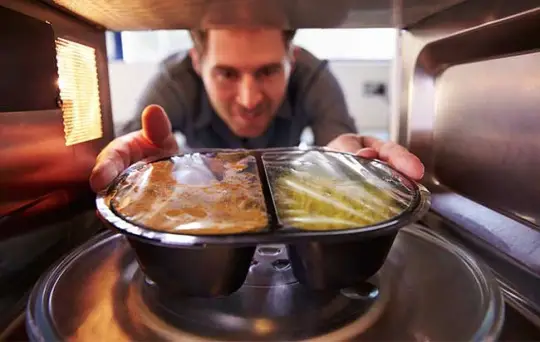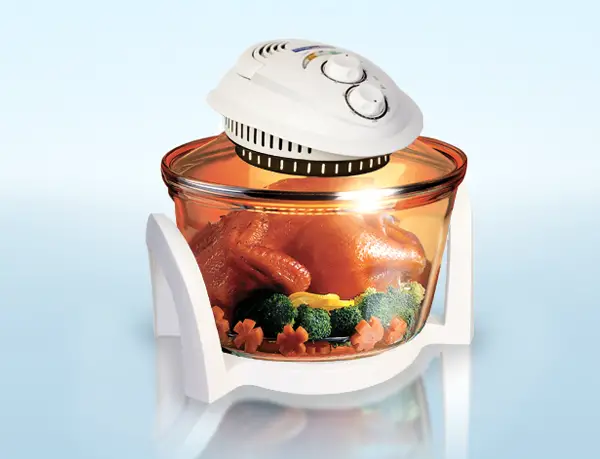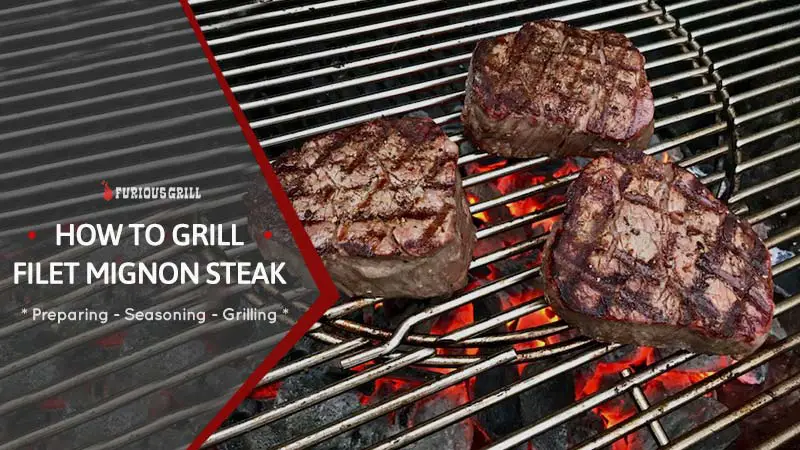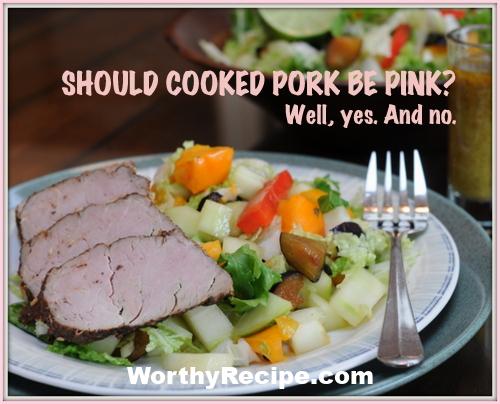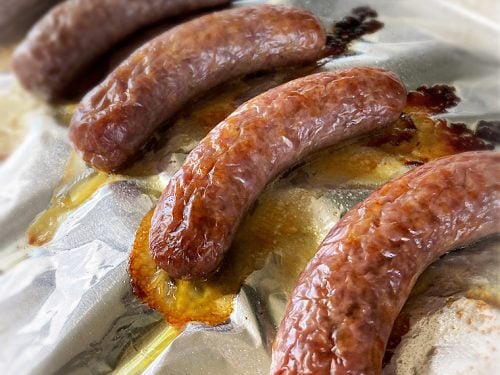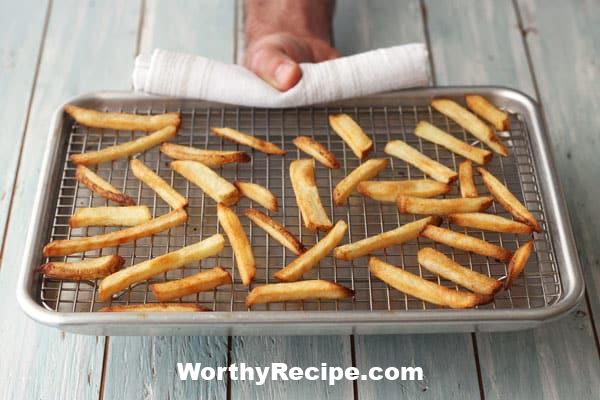Introduction:
Plastic ready meals – a term that we are all familiar with. We have all relied on them at some point in our lives when running short on time. The convenience and affordability they offer make them hard to resist. However, with the rise in concerns regarding environmental degradation and health risks associated with prolonged use of plastics, it becomes necessary to examine how safe these microwavable dishes actually are.
Understanding Microwavable Packaging:
Microwaveable dishes typically come in plastic containers that are designed to withstand the heat emitted during the heating process. Most commonly used packaging materials for ready-made meals include polystyrene, polyethylene terephthalate or PET, polypropylene or PP, and high-density poly ethylene or HDPE. However, certain types of plastics can release toxic chemicals into food when heated to high temperatures for an extended period.
One of the primary concerns surrounding plastic packaging is leaching. Leaching is the process by which chemicals from plastics migrate into food or drinks that they come in contact with. This occurs more in acidic foods as the acidic environment accelerates this process.
Can You Cook Plastic Ready Meals?
The types of plastics used in microwave-safe packaging material are regulated by government agencies and deemed safe for consumption. Since microwave gives off low-frequency radiation that doesn’t break chemical bonds, it is believed that plastics don’t readily release harmful chemicals when heated within specified temperature limits.
It’s essential to understand how to identify microwave-safe plastics before using them. Most commonly marked as “microwave-safe,” these types of plastics generally have a temperature limit guide symbol displayed at their bottom indicating what level of heat the product can safely take. PP (polypropylene) containers are microwave-safe if labeled so, but experts recommend not microwaving plastic containers that display recycling codes 3 (PVC), 6 (PS), or 7 (polycarbonate).
Risks and Considerations:
Microwaving in plastic containers requires safe handling to avoid any potential harm. Heating beyond the specified temperature limit can lead to melting and emit harmful fumes that might affect your health. Additionally, plastic containers can weaken over time with repeated use, making them prone to cracking and breaking, leading to leakage of harmful chemicals into food.
The environmental impact of disposable plastics is another significant concern. A report states that globally, only nine per cent of all plastic waste is recycled, while 79 per cent accumulates in landfills and the environment. When buying grocery items or choosing ready meals, we should choose products made with biodegradable materials like compostable plant material or bamboo fibre instead of single-use plastic containers used in most microwavable ready meals.
Alternatives to Convenient but Potentially Hazardous Ready-made Meals:
It’s crucial to choose healthy and nutritious options that are not only quick but also safe for consumption. One option is using prepared frozen meals that use biodegradable materials instead of plastics. Alternatively, homemade “pack-and-go” snacks or salads offer variety and convenience without introducing the unnecessary amount of plastic packaging waste into our surroundings.
Investing time in meal prep can be a beneficial alternative too. Meal prepping helps manage time better by planning weekly meals, which not only saves time but also provides motivation for eating healthier foods. Fresh ingredients can be stored safely in glass containers or eco-friendly wraps made from beeswax or silicone-based materials.
Conclusion:
In conclusion, it is possible to cook plastic ready meals safely while minimizing health and environmental risks by following standard safety practices like not heating beyond specified temperature limits and identifying microwave-safe plastics. Alternatives like eco-friendly and biodegradable packaging materials can be adopted to reduce unnecessary environmental waste while still enjoying the convenience ready meals offer. At the same time, we must remember that seeking healthy and nutritious alternatives should always be prioritized over convenience to maintain adequate nutritional intake without jeopardizing our health.
Frequently Asked Questions
Is it safe to cook plastic ready meals?
Cooking plastic ready meals is not safe, as plastics can release harmful chemicals into your food when heated. This can lead to long-term health issues, including hormonal imbalances and even cancer.
Can I reheat plastic containers in the microwave?
Some plastics can be reheated safely in the microwave, but it’s important to check the container’s label before doing so. Containers with labels indicating they are “microwave safe” are designed to withstand the heat generated by microwaves and are safe to use for reheating food.
What is the safest way to heat up a ready meal?
The safest way to heat up a ready meal is to transfer it into a glass or ceramic container that is microwave safe. Avoid using plastics or aluminum containers, as these can release harmful chemicals when heated. It’s also important to follow the cooking instructions on the packaging carefully and ensure that the food is heated through thoroughly before serving.
Are there any types of plastic that are safe for cooking?
Generally, it’s best to avoid cooking with plastics altogether. However, some types of plastic considered “food-grade” may be safer than others. These include polypropylene and high-density polyethylene (HDPE). However, even with these types of plastics, it’s best to err on the side of caution and avoid heating them whenever possible.
